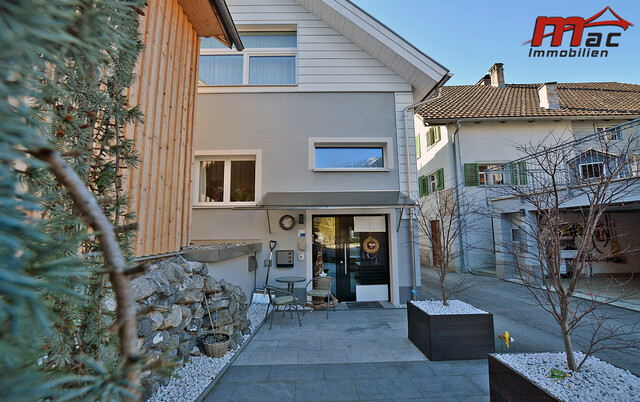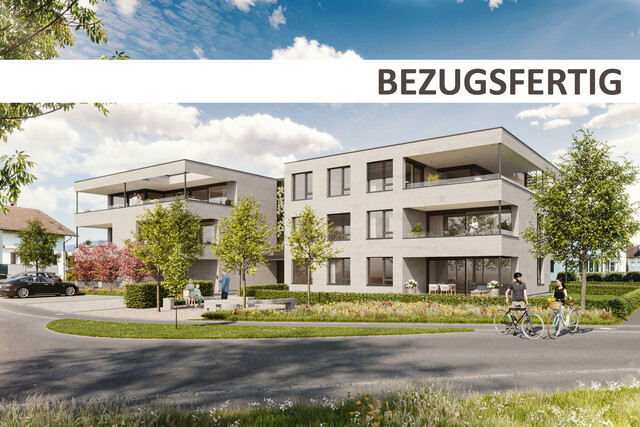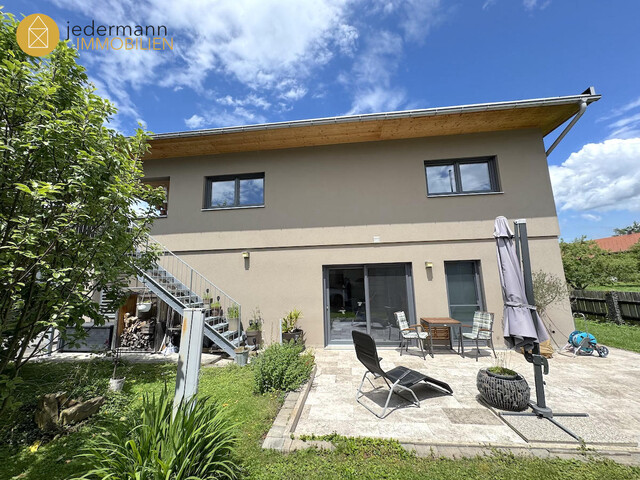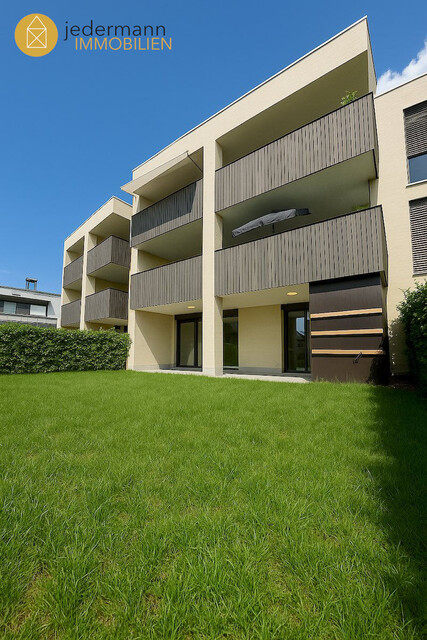EU Launches Turbo Trains with Billion-Euro Initiative

According to the EU Commission's plans, travel times for train journeys between European metropolises should drastically decrease by 2040 at the latest. An action plan for high-speed trains presented in Brussels aims to connect central hubs with speeds of 200 km/h and more.
Significantly Shorter Travel Times Planned
In the future, travelers should be able to travel from Berlin to Copenhagen in four instead of seven hours, or from Munich to Rome in six instead of nine and a half hours. A trip from Berlin to Vienna via Prague could take only four and a half hours instead of more than eight.
"Improving travel times between Europe's capitals is a tangible and pragmatic result of our desire to make Europe more united and efficient," said the responsible Commission Vice President Raffaele Fitto. The project will bring citizens closer together and facilitate business travel. The goal is also to make trains an even more attractive alternative to short-haul flights.
Triple-Digit Billion Amount Needed
To encourage railway companies to implement the plans, the EU Commission wants to remove existing obstacles in cross-border rail traffic and develop a new financing strategy. Additionally, the framework conditions for the rail industry and operators are to be improved, and research and innovation promoted.
According to the Commission, the costs for completing the so-called TEN-T high-speed network are estimated at around 345 billion euros by 2040. If even higher train speeds of significantly more than 250 km/h are targeted, up to 546 billion euros could be needed by 2050.
In particular, the expansion of the high-speed rail network will require private investments as well as loans and guarantees from financial institutions such as the European Investment Bank (EIB) and national promotional institutions, the EU Commission stated regarding financing. EU funds could help mobilize other resources.
(APA/Red)
This article has been automatically translated, read the original article here.
Du hast einen Hinweis für uns? Oder einen Insider-Tipp, was bei dir in der Gegend gerade passiert? Dann melde dich bei uns, damit wir darüber berichten können.
Wir gehen allen Hinweisen nach, die wir erhalten. Und damit wir schon einen Vorgeschmack und einen guten Überblick bekommen, freuen wir uns über Fotos, Videos oder Texte. Einfach das Formular unten ausfüllen und schon landet dein Tipp bei uns in der Redaktion.
Alternativ kannst du uns direkt über WhatsApp kontaktieren: Zum WhatsApp Chat
Herzlichen Dank für deine Zusendung.








